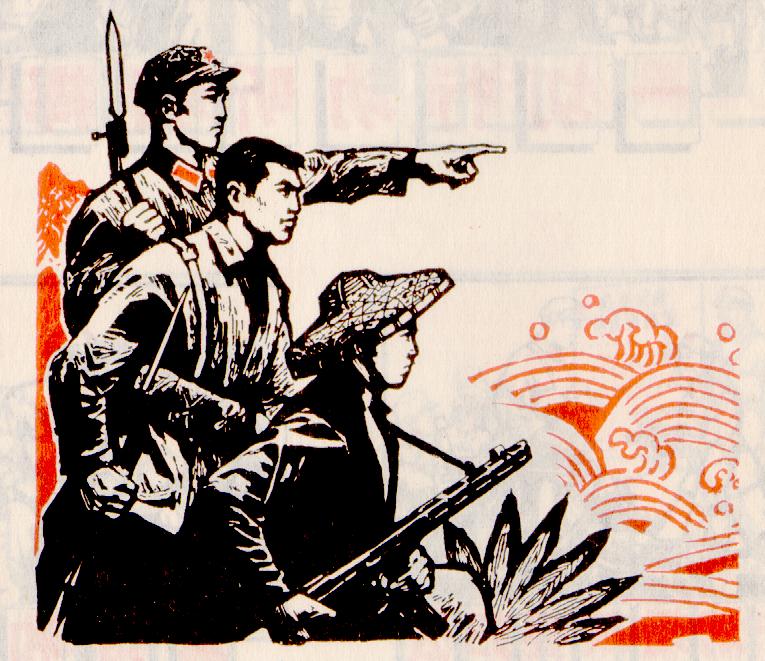
By Bill Lee
As the world knows, US President Donald Trump and Workers’ Party of Korea Chairman Kim Jong Un have been engaged in an escalating war of insults. Trump called Kim “little Rocket Man,” and Kim retaliated by calling Trump a “mentally deranged US dotard.” Kim wins that one.
But this mad spiral into acrimony could have serious repercussions, like nuclear war. This brinksmanship heading towards the chasm of disaster brings to (my) mind the old question about whether nations’ leaders can change or create history. Do Great Men (or women) make history, or do the forces of history move inexorably forward, as Marx thought, with individual human agency being just a bug in a gale?
For me, it depends on how we define “history.” And that, friends, is quite a task. I will go out on the limb and say that history is a teleological progression, a process heading toward some goal. That progression need not be linear, and, indeed, it is more likely cyclical or dialectical. The final goal is aspirational. I’m glad we cleared that up.
Now we have to examine some Great Leaders to see if they moved History forward. In the last century, we had Lenin, Roosevelt, Churchill, Hitler. Churchill is roundly considered the greatest leader in the 20th century. But did he make history, did he move it forward? No, his energies were focused on stopping fascism not extending democracy (they booted him out just after the war). Hitler certainly created an impact, but the havoc he caused set history back. The only leader I can see who really propelled history forward is Mao Zedong. The peasant revolution may have been one of the forces of history waiting to happen, but it was Mao who recognized this and led that revolution. Would there have been one without Mao? Thus to my mind, the Great Leader theory of history is very rare, Mao the most recent exception, and mostly it is the forces of history churning inexorably forward.
Which brings us to our maxim for the day: Great Leaders can make history, but fools like Trump and Kim can only pervert it.
Leave a comment.
Photo by Raymond Cunningham via Flickr
 日本語
日本語 English
English 中国語
中国語